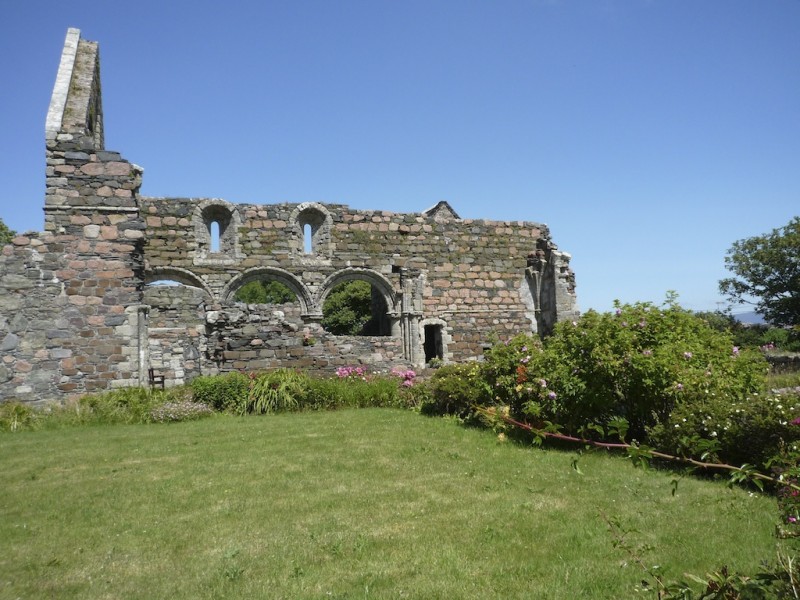
Iona’s timeless haven
As you walk from the ferry slipway up through the main village of Iona, and then turn right in the direction of the Abbey and the wonderful beaches beyond, you pass through the grounds of a ruined nunnery.
It’s tempting to hurry along the path, spurred by the attractions of early carved crosses, St Oran’s chapel, and the Abbey itself… but instead, it’s worth pausing to wander around these crumbling walls of mellow pink granite. There’s no rush, because time has stood still here since about 1560.
The Augustinian nunnery on Iona was founded in about 1200 by Raghnall, son of Somerled, first Lord of the Isles. For centuries the island had been the target of savage Viking raiders, who had laid waste to the nearby Abbey founded by St Columba in the sixth century. Raghnall wanted to rectify the damage done to Columba’s precious sanctuary; he established a religious retreat for up to 400 nuns, and installed his sister, Bethoc, as the first prioress. Dedicated either to St Mary or St Oran (sources differ as to which), the nunnery became known as ‘An Eaglais Dhubh’ (the black church) after the colour of the women’s habits.
As well as founding the nunnery, Raghnall re-built Iona Abbey in an impressive style, and soon it was housing a community of Benedictine monks.
Little is known of the nuns’ lifestyle, but they would surely have followed a strict daily routine of prayer and contemplation. Despite their voluntary sacrifice of family and wealth, they must have taken great pleasure in the beauty of their surroundings.
The nunnery buildings formed a square , with a chapter house, guest accommodation, refectory, kitchen and dormitory. The most substantial remains that you can see today are those of the church, which has beautifully carved arches.
The west end of the church would have been frequented by pilgrims to Iona, while the east end was used by the nuns themselves.
During the Reformation in 1560, Henry VIII destroyed most of Britain’s monasteries, having defied the supremacy of the Pope to declare himself head of the Church of England. Like Iona Abbey, the nunnery was abandoned, and gradually became derelict. Some of the nuns are thought to have fled to the Nuns’ Cave near Carsaig on Mull, which apparently has crosses carved on its inner walls.
A row of graves lies just to one side of the nunnery grounds, and in the Abbey museum is the carved fragment of a slab that originally marked the grave of Anna MacLean, a prioress who died in 1543. I had always thought that women weren’t allowed to be buried on Iona according to an ancient tradition, but this disproves that idea.
During preservation work in 1922, four silver spoons and a broken gold fillet were discovered by a chancel arch. They are believed to have been wrapped in linen and deposited there during the 13th century. It would be interesting to know why, and by whom.
In spring, bluebells flower in the ruins, and song thrushes hunt for snails in the flower borders. Ivy-leaved toadflax grows in the stone crevices, its bashful purple heads reminiscent of the building’s former occupants. As sunlight streams through the arches, you could be forgiven for feeling that you were in almost any century of the last 500 years.
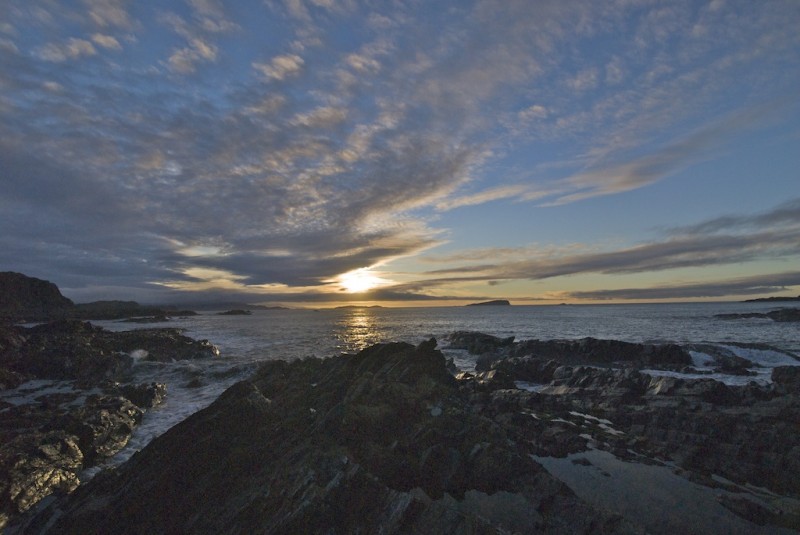






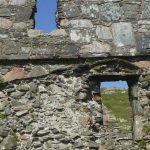

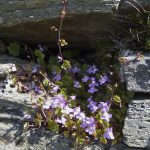
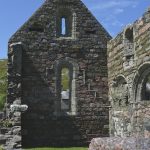

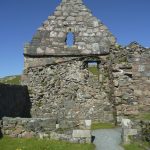
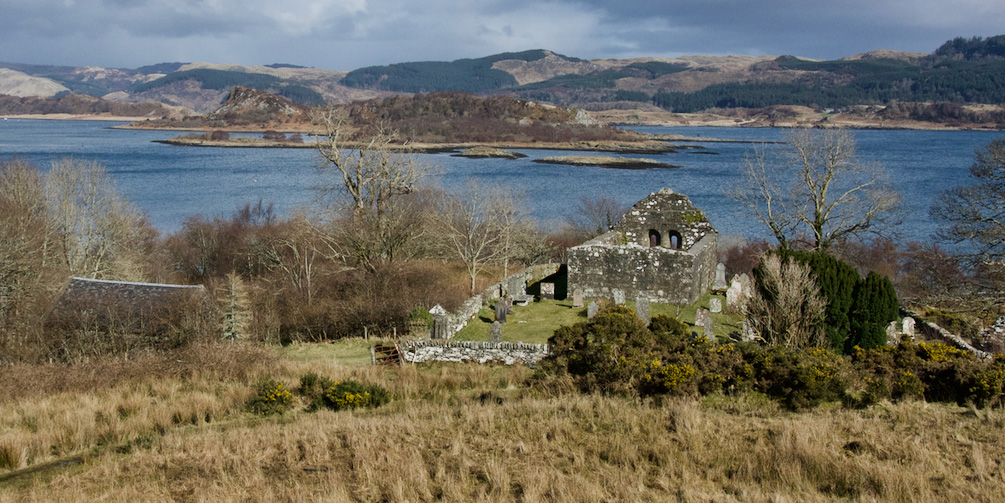
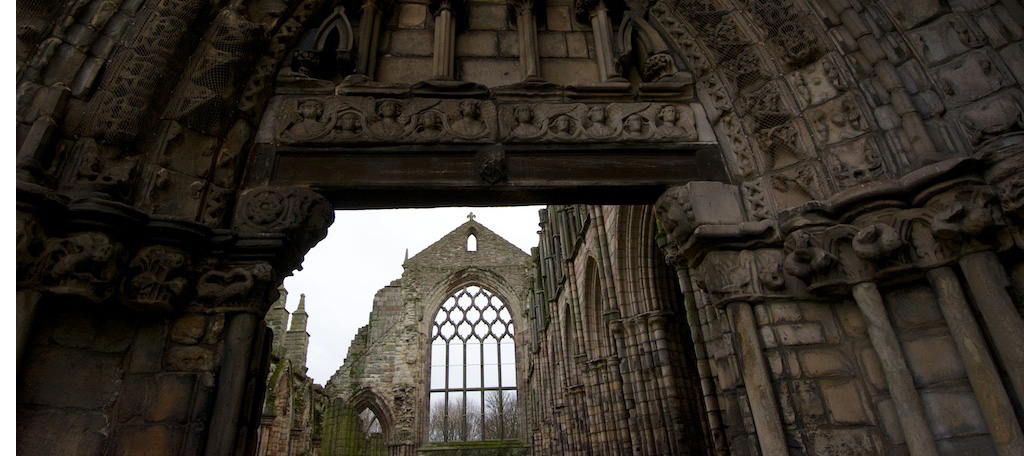
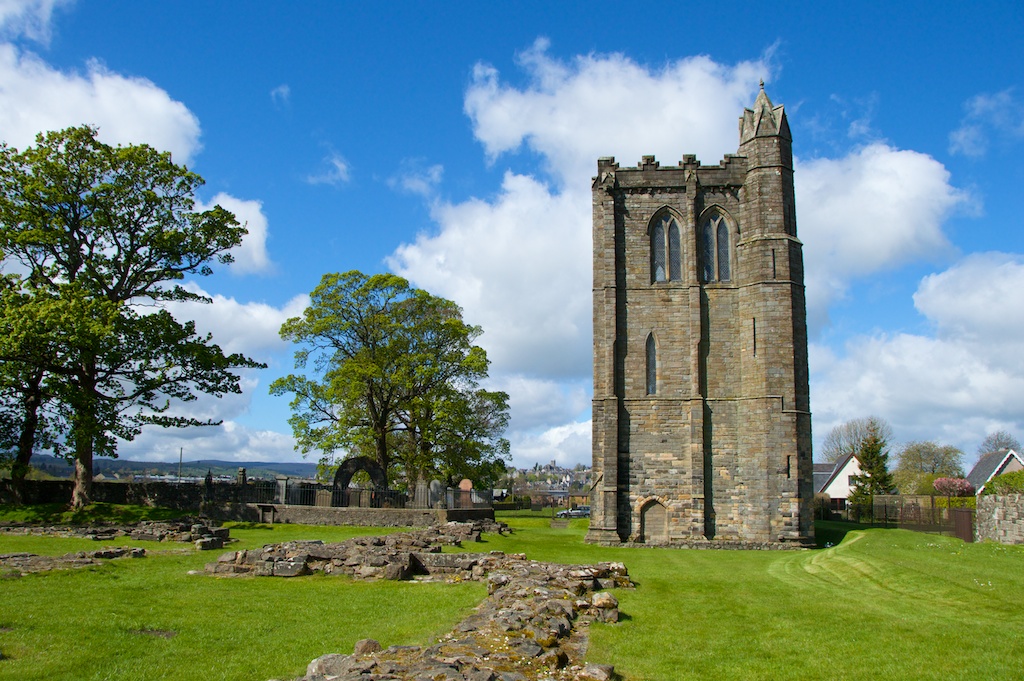
13 Comments
Homestead Ramblings
So very pretty, even though I’m not there, there seems to be an eloquence in the silence that speaks volumes.
Jo Woolf
You are absolutely right. It’s hard to describe the atmosphere – I know you would love it.
Dounia
It looks like such a beautiful and peaceful place. Your photos and your words are lovely – I would love to visit all these amazing places you share with us!
Jo Woolf
Thank you very much – we’re lucky to have so many lovely places here in Scotland. I’m looking forward to some spring weather to go out exploring again.
housesandbooks
Beautiful. Thank you for your post describing this lovely and peaceful place.
Jo Woolf
Thank you! I’m glad that you enjoyed it.
dhphotosite
This is such a beautiful place and it is good to know that it is being preserved and maintained. Thank you for sharing this tour!!!
Jo Woolf
Glad that you enjoyed it… it makes me want to go back now! Can’t wait for some nice spring weather.
MindMindful
Your photos give a definite sense of BEING there. Well done you!
Jo Woolf
Thank you! And for the re-blog… glad you enjoyed it so much.
MindMindful
Reblogged this on Contemplative Eye and commented:
This photo essay gives a lovely sense of BEING in this place ……..
Watching Seasons
Fantastic history and scenery!
Jo Woolf
Iona is really in a class of its own. There’s so much more history, too – a great excuse for a return trip!